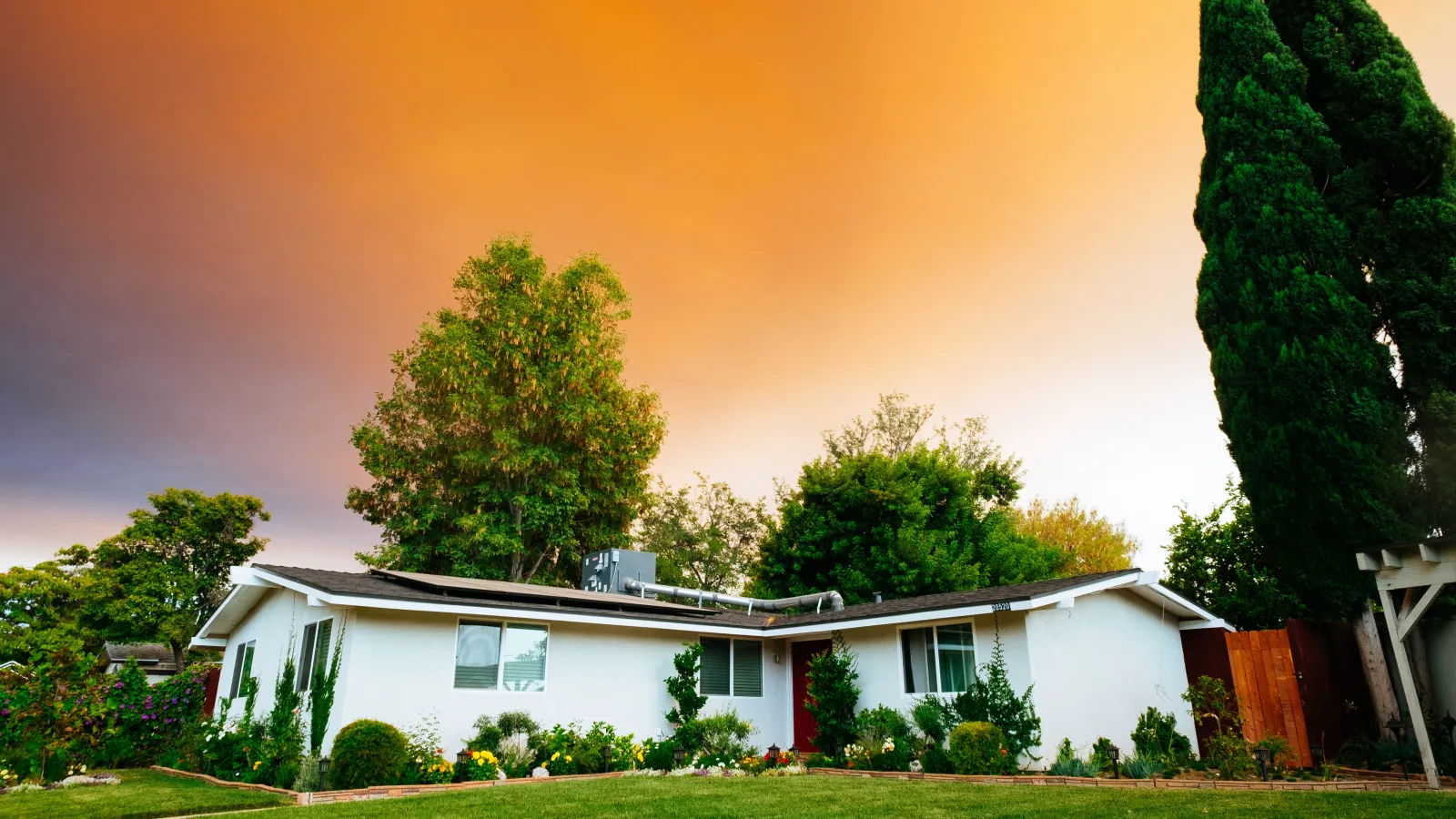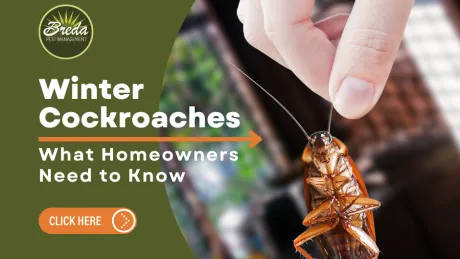Though warmer weather may be in it's way, we all know how unpredictable the Georgia weather can be! With February and March sure to bring more cold days, this means homeowners are not out of the woods yet!
Bothersome bugs will still be looking for refuge from the cold temperature- and that includes the "itsy bitsy spider".
While spiders are beneficial in that they keep other bug populations down, they make much better neighbors and porch guests than they do house guests! For some small children, there is nothing more frightening than seeing a creepy, crawly spider making its way up the wall. For an adult too, a spider bite or sudden sighting can incite fear.
As we combat creatures trying to enter our home to find water, food, shelter, and warmth, let's take a closer look at the Spider. In this Blog, we will examine types of spiders commonly found in Georgia, which of those are dangerous, which are cause for no harm or alarm, and steps you can take to keep unwanted visitors from entering your home!
Spiders Commonly Found in Homes
Though there are hundreds of different species of spiders found in homes, let's look at a few of the harmless and the harmful varieties.
Harmless
Cellar Spiders
Commonly known as "Daddy Long-Legs" or "Granddaddy long legs", cellar spiders are often found in the window seals of homes. Luckily, they are not known to bite people, as their fangs are too short to do so.
Cobweb Spiders
Also referred to as the common house spider or the American house spider, they commonly build tangled webs near human settlement and interaction. The Cobweb Spider is known to make their home in secluded areas like between walls, in attics, or around door frames. They are relatively harmless and are known to eat household insects and pests! (If you don't have Arachnophobia, this one may be one of the good guys!)
Wolf Spiders
This hairy, scary creature is harmless, unless the sight of spiders makes one nervous! They rarely do damage to homes and are not of threat to human health, even when they bite.
Harmful
Yellow Sac Spiders
These spiders are usually found in trees, gardens, or shrubbery. In winter months, however, they migrate inside. Their protective sacs are often seen where walls and ceilings meet. These spiders have a relatively painless bite and usually remain defenseless unless provoked but can cause extreme symptoms that may require medical attention.
Black Widow Spiders
The Black Widow is easily identified by the red hourglass shape on the underside of it's abdomen. That should tell you everything you need to know. Red means danger. Though they eat many insects, they are known to attack humans when they are provoked. Their venom is extremely toxic, and a bite should be treated immediately, as nervous system damage and death can occur. For more information on identifying and treating a Black Widow bite, click here.
Brown Recluse Spiders
These spiders are easily distinguishable due to the dark, large, violin shaped mark they possess. The brown recluse is a hunting spider, constantly on the search for prey. They have been known to come inside and find their way into bedding and clothing. Though some bites can resolve on their own, if left untreated, severe damage can be done to the body. For more information on identifying and treating a Brown Recluse bite, click here.
Learn more about numerous types of spider species!
Helpful Tips for Keeping and Putting Spiders Out
1. Clear Problem Areas
By removing clutter from your home, basement, attic, and yard, you can drastically cut down on the amount of space that would appear welcoming to the eight-legged creature.
2. Routine Pest Control
Often, it is said that the key to stopping Spiders is to combat the food they eat- other bugs. By keeping your pest inspections up to date and eliminating their food source, you can discourage spiders from making your home their vacation spot.
3. Seal Entry Areas
If you know there are areas the spiders are able to enter your home, make sure to address these.
4. Utilize the Vacuum
For the spiders we mentioned who are not harmless and who create webs in less than ideal spaces, consider using your vacuum cleaner to suck the spider, their eggs, and webs away!
5. Release Them Back Into Nature
If you're not too frightened and are able to distinguish harmful from harmless, do a good deed and return the spider to its natural habitat- preferably far away from your home!
Finally, if all else fails and you are dealing with a number of spiders due to reproduction or problem areas, call a professional. We will ensure that the problem is taken care of in a safe manner for you, your family, and nature too.



